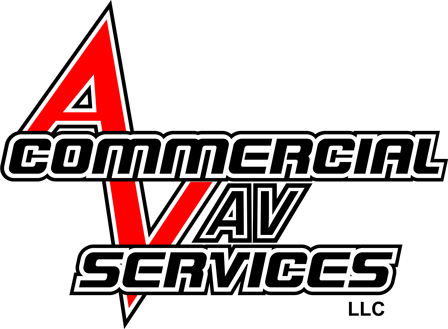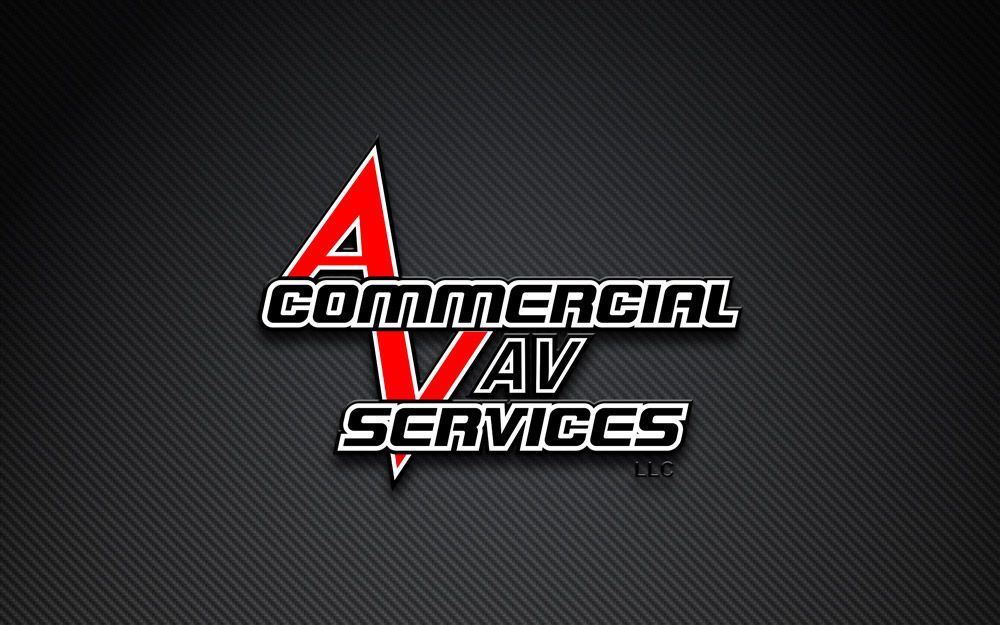Blog & News
Future-Proofing Security: Choosing the Right Type of CCTV System for Your Commercial Needs in 2024
Home » Commercial Audio Video Tips » CCTV Security Camera Installation » Choosing the Right Type of CCTV System for Your Commercial Needs
Table of Contents:
- Understanding Security Needs: An Overview
- Types of CCTV Cameras
- Recording Solutions and Storage Options
- Key Features and Functionality
- Budget Considerations and Scalability
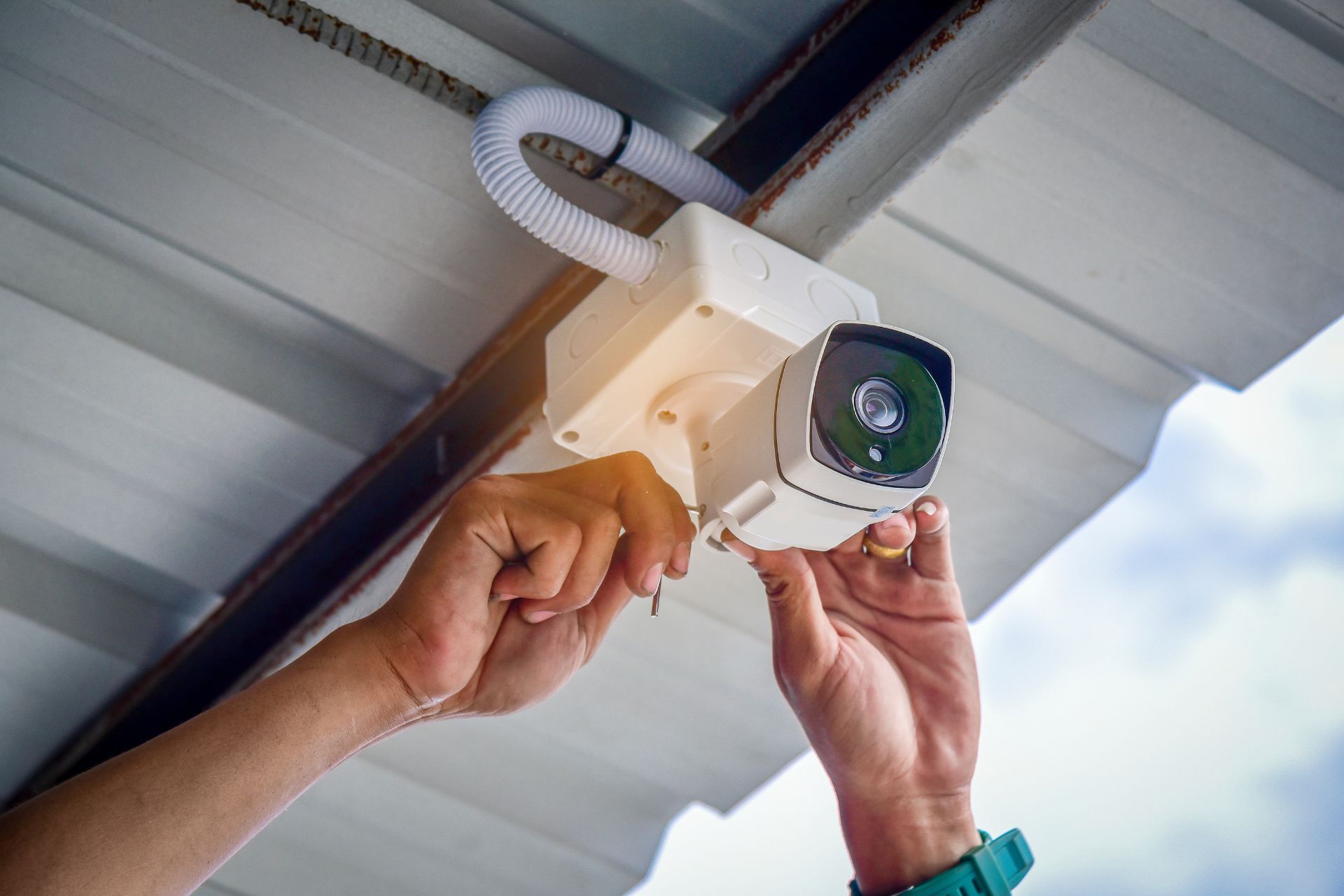
Understanding Security Needs: An Overview
To safeguard commercial establishments, it is imperative to first comprehend the unique security requirements that pertain to the business domain. Assessing specific vulnerabilities and potential threats is important in devising an effective surveillance strategy. It is also necessary to identify potential blind spots and security gaps. Environmental factors such as lighting conditions, weather exposure, and indoor/outdoor surveillance needs are also crucial for selecting appropriate surveillance equipment. By meticulously understanding the security needs, a solid foundation can be laid for implementing a robust CCTV system tailored.
Assessing Specific Security Risks
Analyzing security risks involves looking for things like unlocked doors, areas prone to theft or vandalism, or even employee behavior issues. Doing a detailed risk assessment helps figure out where to focus surveillance and how to spend resources wisely. Knowing the specific risks will help set up surveillance in the right places to prevent problems and make overall security better.
Identifying Key Surveillance Areas
Pinpointing the key areas requiring surveillance within the premises is a critical step in designing an effective CCTV system. This involves mapping out high-traffic zones, sensitive locations such as cash registers or storage areas, and any areas prone to security breaches. By identifying key surveillance areas, strategically deploying cameras to provide comprehensive coverage and maximize surveillance efficacy is possible. Understanding the specific areas requiring heightened monitoring allows for the optimization of camera placement, ensuring no crucial spots are left unattended. Thereby, CCTV placement can enhance the overall security of the establishment.
Considering Environmental Factors
Incorporating environmental factors into CCTV system planning is essential for ensuring optimal performance and longevity of surveillance equipment. Factors such as lighting conditions, weather exposure, and temperature variations can significantly impact the effectiveness of surveillance cameras. For instance, areas with low-light conditions may necessitate the use of infrared or low-light cameras to maintain visibility during nighttime hours. Similarly, outdoor surveillance cameras require weatherproof housing and robust construction to withstand harsh environmental elements.
Maximizing Commercial Security Potential through Professional Audio/Video Services:
In selecting the right CCTV system for commercial needs, teaming up with a reputable Commercial Audio/Video Services Company like Commercial AV Services can greatly improve the overall security setup. These experts, based in Phoenix, Arizona, bring specialized knowledge and experience to the table, ensuring the smooth integration of CCTV systems with existing security setups. With their meticulous CCTV security installation process, customers can expect precise and reliable performance from their surveillance systems. Their top-tier service providers offer ongoing support and maintenance, promptly addressing any technical issues to minimize disruptions. By partnering with Commercial AV Services, businesses can bolster their security measures, creating a safer environment for their operations.
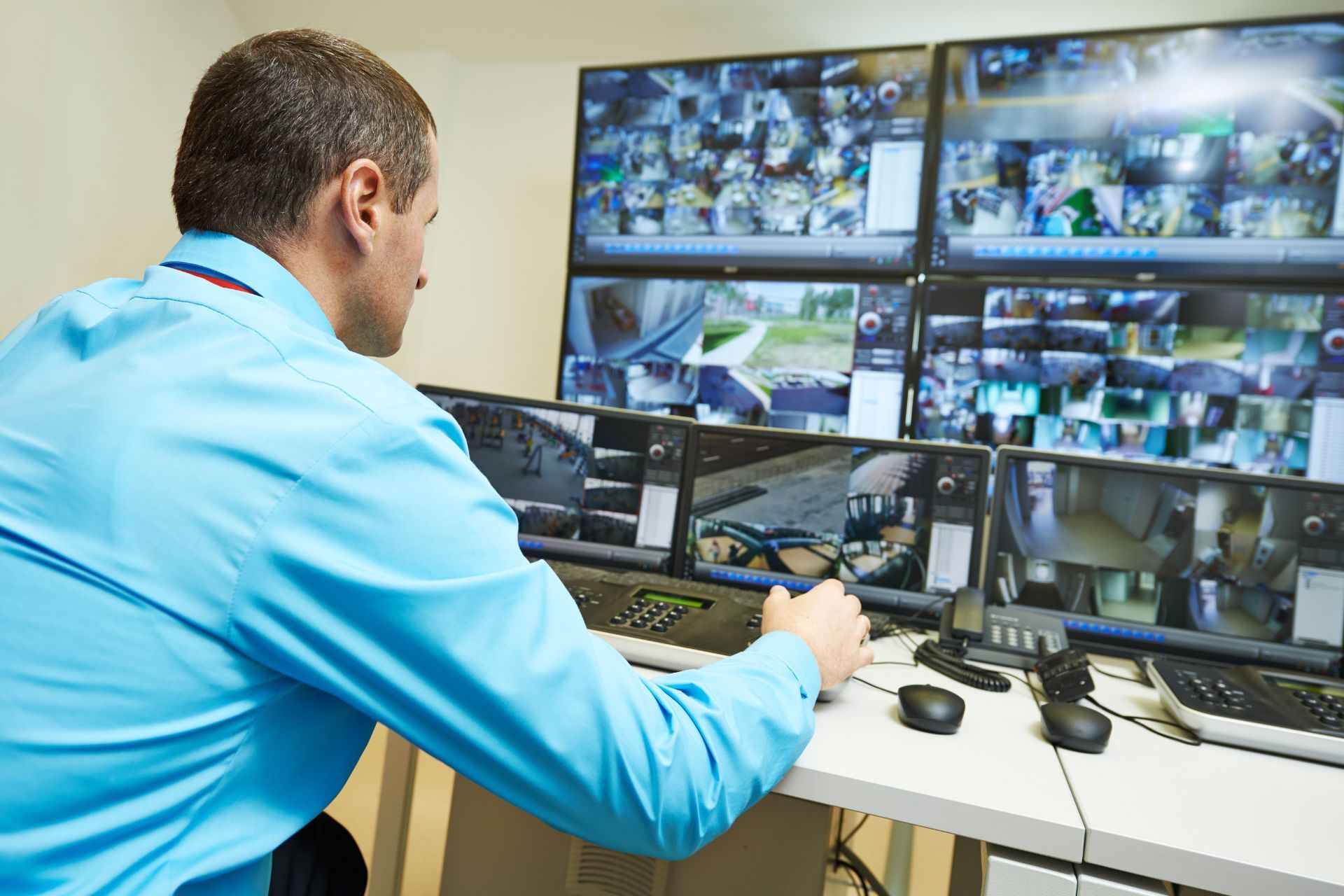
Types of CCTV Cameras
When establishing a comprehensive surveillance system for a commercial establishment, it's a must to grasp the variety of CCTV camera types available. Each type serves specific surveillance purposes and is crafted to address diverse needs. From dome cameras to bullet cameras and PTZ cameras, there exists a broad spectrum of options, each boasting distinct features and capabilities. Acquainting oneself with these camera variations empowers informed decision-making, aligning with security objectives and budget limitations.
Dome Cameras
Dome cameras, also known as turret cameras, are characterized by their dome-shaped housings, which make them inconspicuous and less prone to vandalism. These cameras are commonly used for indoor surveillance due to their sleek design and discreet appearance. Dome cameras offer wide-angle views and are ideal for monitoring large areas such as retail stores, office spaces, or building lobbies. Their versatile mounting options make them suitable for ceiling or wall installation, providing flexibility in camera placement for optimal coverage.
Bullet Cameras
Bullet cameras derive their name from their cylindrical shape, resembling a bullet casing. These cameras are typically used for outdoor surveillance due to their weatherproof design and long-range capabilities. Bullet cameras are equipped with infrared LEDs for night vision, making them effective for monitoring outdoor spaces even in low-light conditions. With their robust construction and built-in sunshields, bullet cameras are well-suited for harsh environments such as parking lots, warehouses, or construction sites, where durability and reliability are paramount.
PTZ Cameras
PTZ (Pan-Tilt-Zoom) cameras offer enhanced flexibility and control over surveillance operations. These cameras can pan horizontally, tilt vertically, and zoom in or out to capture detailed images of specific areas of interest. PTZ cameras are ideal for applications requiring active monitoring and tracking of subjects or events, such as large-scale events, parking lot surveillance, or perimeter security. With their ability to remotely adjust viewing angles and focus on specific targets, PTZ cameras provide dynamic surveillance capabilities that can adapt to changing security needs.
Key Takeaway:
Understanding the different types of CCTV cameras, such as dome cameras, bullet cameras, and PTZ cameras, facilitates the selection of the most appropriate option tailored to specific surveillance needs and environmental factors.
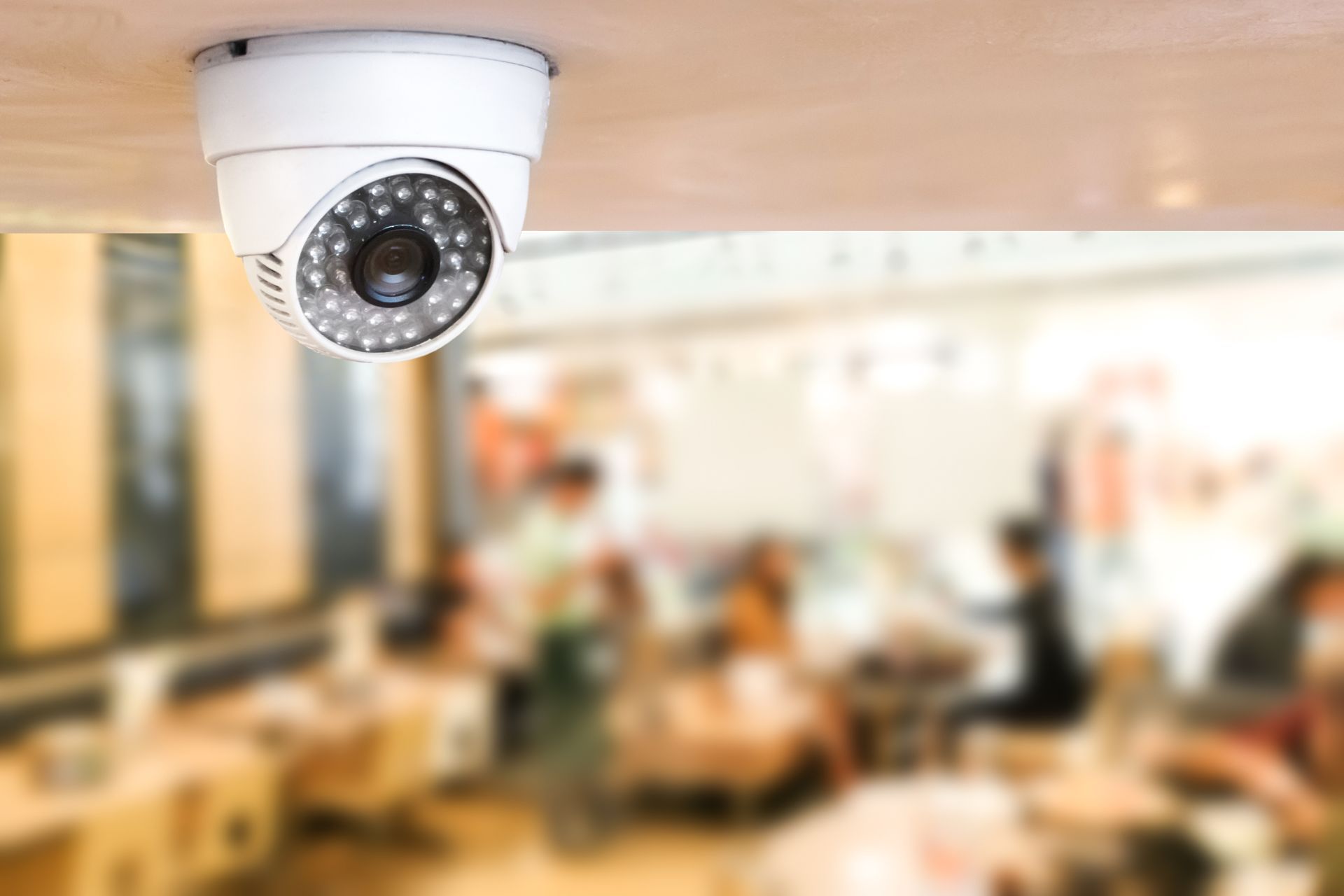
Recording Solutions and Storage Options
Selecting the appropriate recording solutions and storage options is crucial for preserving surveillance footage and ensuring data integrity. These solutions play a vital role in storing and managing video recordings, facilitating playback, and retrieving footage for investigative or legal purposes. There's a range of options available to suit different surveillance needs and preferences. Understanding the features and capabilities of each recording solution is key to making an informed decision that aligns with the security requirements and budget constraints of a business.
DVR (Digital Video Recorder) Systems
DVR systems have been a staple in the surveillance industry for years, offering reliable recording capabilities for analog CCTV cameras. These systems digitally capture and compress video footage onto a hard drive for storage and playback. DVRs come in various configurations, supporting different numbers of camera inputs and storage capacities. They offer features such as motion detection, scheduled recording, and remote access for viewing footage from any location with internet connectivity. DVR systems are ideal for small to medium-sized installations where cost-effectiveness and simplicity are priorities.
NVR (Network Video Recorder) Systems
NVR systems have gained popularity in recent years due to their compatibility with IP (Internet Protocol) cameras and advanced recording capabilities. Unlike DVRs, which process analog video signals, NVRs receive digital video streams directly from IP cameras over a network connection. This allows for higher-resolution recordings and greater flexibility in camera placement. NVRs offer features such as advanced video analytics, centralized management, and scalability to accommodate growing surveillance needs. They are well-suited for larger installations requiring high-definition video quality and centralized control over multiple cameras.
Cloud-Based Storage Solutions
Cloud-based storage solutions have emerged as a convenient and scalable alternative to traditional DVR and NVR systems. These solutions leverage remote servers to store surveillance footage securely in the cloud, eliminating the need for on-site hardware and maintenance. Cloud storage offers benefits such as automatic backups, remote access to footage from any internet-connected device, and seamless scalability to accommodate fluctuating storage requirements. While cloud-based storage may incur subscription fees and rely on internet connectivity for access, it provides unmatched convenience and accessibility for businesses looking to streamline their surveillance infrastructure.
Key Takeaway:
Choosing the appropriate recording solution and storage option, whether it's a DVR system, NVR system, or cloud-based storage solution, is the key to effectively managing and preserving surveillance footage that meet security needs and operational requirements.

Key Features and Functionality
Key features play a critical role in enhancing security, facilitating incident detection, and optimizing system performance. From resolution and image quality to night vision capabilities and motion detection, there are several key factors to consider when evaluating CCTV systems. By prioritizing these features based on their specific security objectives and operational requirements, businesses can select a system that meets their needs and delivers reliable performance.
Resolution and Image Quality
Resolution and image quality are fundamental aspects of CCTV systems that directly impact the clarity and detail of captured footage. Higher resolution cameras produce sharper images with greater detail, allowing for easier identification of subjects and events. When selecting CCTV cameras, consider factors such as megapixel count, sensor size, and lens quality to ensure optimal image clarity. High-definition (HD) and ultra-high-definition (UHD) cameras offer superior image quality and are ideal for applications requiring detailed surveillance, such as facial recognition or license plate identification.
Night Vision Capabilities
Effective surveillance during nighttime hours is essential for maintaining security around the clock. Night vision capabilities allow CCTV cameras to capture clear footage in low-light or no-light conditions, ensuring continuous monitoring and detection of suspicious activities. When evaluating CCTV systems, look for cameras equipped with infrared (IR) LEDs or low-light sensors to enable night vision functionality. Cameras with infrared illumination provide enhanced visibility in complete darkness, while low-light cameras offer improved performance in challenging lighting conditions, such as dusk or dawn.
Motion Detection and Alerts
Motion detection technology plays a vital role in minimizing false alarms and alerting operators to potential security breaches. CCTV cameras equipped with motion detection sensors can automatically detect movement within their field of view and trigger alerts or recordings in response. Advanced motion detection algorithms allow for customization of sensitivity levels and detection zones, ensuring reliable detection of relevant events while minimizing false positives. Additionally, integrating motion detection with alerting mechanisms such as email notifications or smartphone push notifications enables real-time monitoring and response to security incidents.
Key Takeaway:
Understanding and prioritizing essential features such as resolution, night vision capabilities, and motion detection is crucial for selecting a CCTV system that delivers reliable surveillance coverage tailored to the establishment’s commercial and security needs.

Budget Considerations and Scalability
Factoring in budget considerations and scalability is imperative to ensure a cost-effective and future-proof surveillance solution. Understanding the total cost of ownership, including upfront expenses, ongoing maintenance costs, and potential upgrades, is essential for aligning investment with financial resources.
Cost Analysis and ROI Evaluation
Conducting a comprehensive cost analysis involves evaluating not only the initial purchase cost of the CCTV system but also ongoing expenses such as installation, maintenance, and monitoring fees. It is essential for businesses to consider the return on investment (ROI) of the chosen system by assessing its ability to reduce security risks, prevent losses, and enhance operational efficiency. Calculating the total cost of ownership over the system's lifespan allows businesses to make informed decisions about budget allocation and prioritize features that offer the most value for their investment.
Future Expansion and Upgrades
Assessing scalability is a critical factor when selecting a CCTV system, particularly for businesses with plans for future expansion or technology upgrades. Evaluating the scalability of the chosen system involves assessing its ability to accommodate additional cameras, storage capacity, and integration of CCTV with other security systems. Opting for a scalable CCTV solution allows for seamless expansion and integration of new technologies as businesses grow or security requirements evolve. Additionally, choosing open-platform systems that support third-party integrations provides flexibility for integrating with existing infrastructure and future-proofing the surveillance investment.
Maintenance and Support Requirements
Ensuring the reliability and longevity of the CCTV system requires proper maintenance and timely support services. Factors such as warranty coverage, technical support availability, and software updates should be considered when evaluating maintenance and support requirements. Opting for a reputable vendor with a track record of reliable service and prompt customer support can provide peace of mind and minimize downtime due to technical issues. Additionally, investing in proactive maintenance measures such as regular inspections, firmware updates, and equipment servicing helps prevent potential failures and ensures the continued effectiveness of the surveillance system.
Key Takeaway:
Considering budget constraints, scalability options, and maintenance requirements is important for selecting a CCTV system that offers long-term value and meets evolving security needs, ensuring a cost-effective and reliable surveillance solution.
Frequently Asked Questions (FAQs)
Contact Us
Commercial AV Services
2432 W Peoria Ave Suite 1204 Phoenix, AZ 85029
(602) 626-5800
